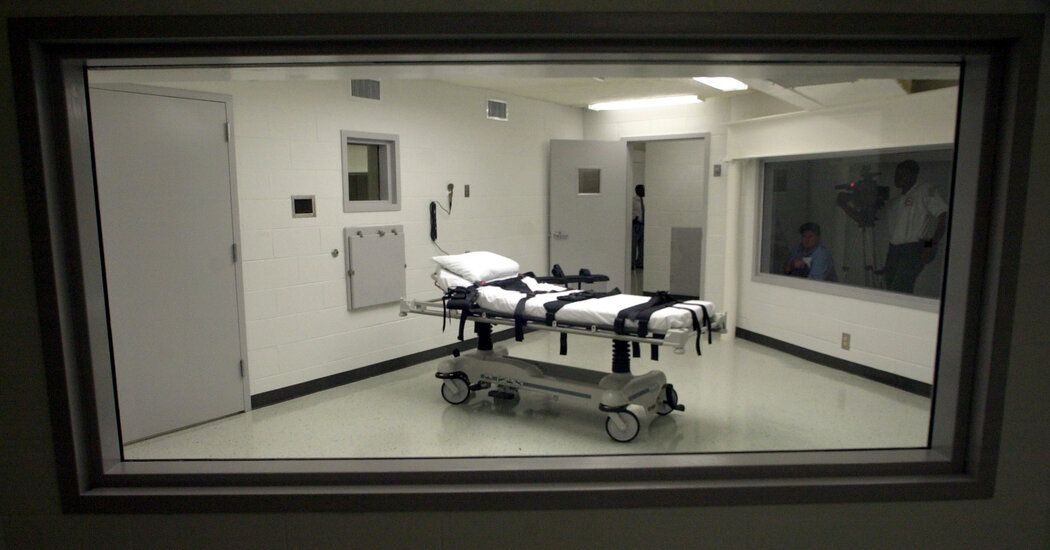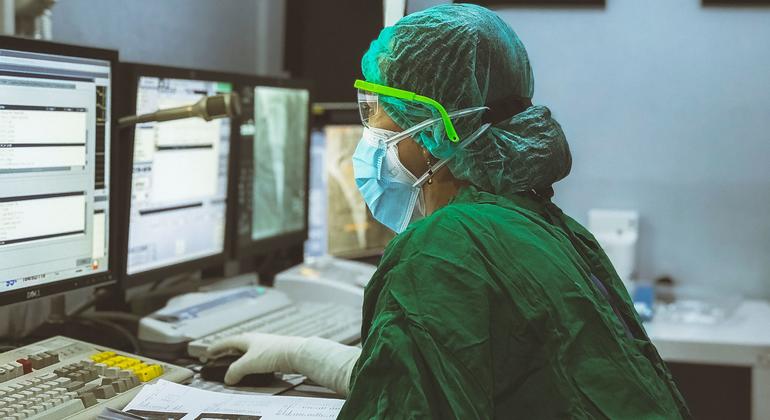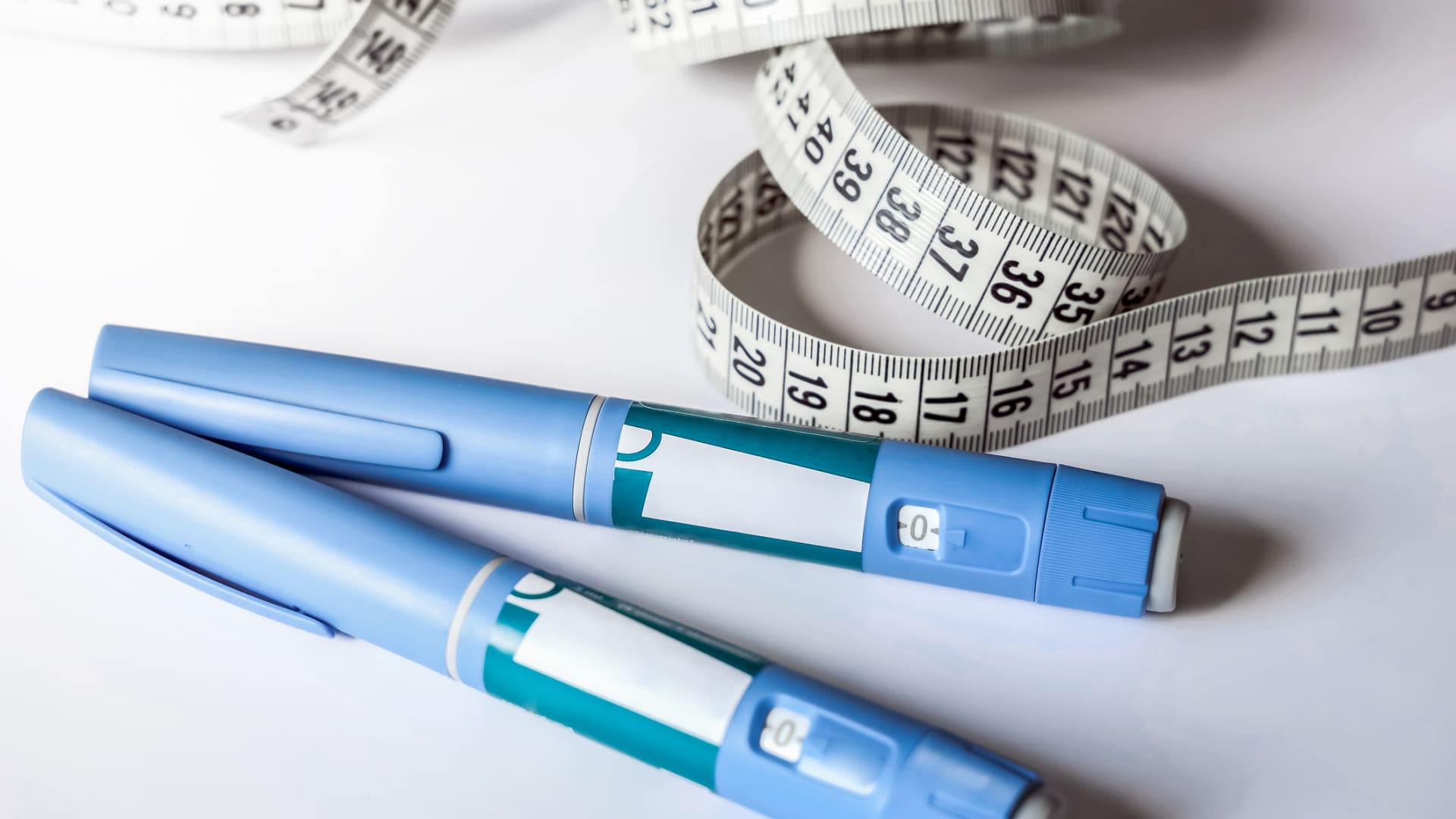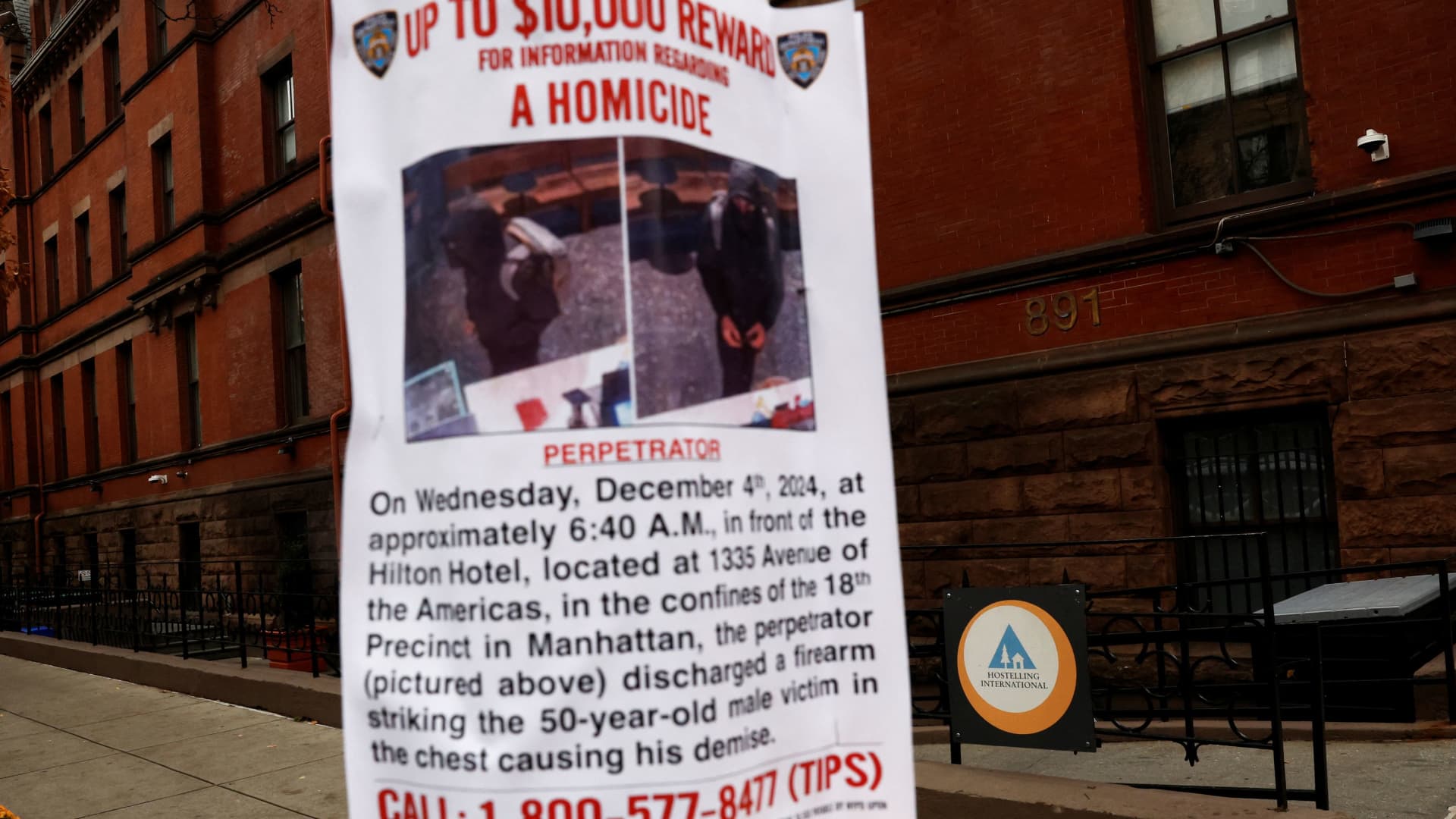The execution scheduled for Thursday afternoon by the state of Alabama of a death row inmate will be carried out using a procedure that has never been used for capital punishment in the United States.
The inmate, Kenneth Smith, convicted of a 1988 stabbing murder, will be executed by inhalation of nitrogen gas, a method known as nitrogen hypoxia.
Supporters of the method say it is quick and painless. But earlier this month, the United Nations Human Rights Office urged Alabama to halt the execution, saying it could amount to torture and violate human rights treaties the United States has agreed to.
Alabama would be the first state to use nitrogen hypoxia, but other states are interested in employing the method.
What is nitrogen hypoxia?
Hypoxia is a medical term for a state of lack of oxygen in the body. Nitrogen, a colorless, odorless gas, makes up about 78 percent of the air inhaled by humans. But under the nitrogen hypoxia method, the person He inhales only nitrogen, which in a matter of minutes leads to loss of consciousness and then death due to lack of oxygen.
How will the nitrogen be administered?
According to protocol released by Alabama prison officials, members of the “execution team” will strap Mr. Smith to a gurney in the state execution chamber in Atmore. He will have a mask placed on his head and nitrogen will be released into it, depriving him of oxygen. Many experts compare this process to putting a plastic bag over someone's head, although in that situation the person would be inhaling carbon dioxide instead of nitrogen.
Why is this method used now?
The standard method of execution since the 1980s has been lethal injection of heart-stopping drugs. But states have had problems with lethal injections for years.
Some states have had trouble obtaining sufficient quantities of drugs for lethal injections.
Even when they have the proper dose, many executions have been botched because the team administering the injection has not been able to locate the proper veins.
This is what happened to Mr. Smith in Alabama. He was to be executed by lethal injection in November 2022, but a team of people repeatedly failed to correctly insert an IV.
This problem often occurs because medical ethics rules prohibit doctors and other health professionals from assisting in an execution. Therefore, injections are typically administered by inexperienced prison workers, said Dr. Joel Zivot, an associate professor of anesthesiology at Emory School of Medicine and an expert on doctors' involvement in lethal injection.
Lethal injection also involves medications that, if administered incorrectly, can cause significant pain and suffering.
Supporters of the use of nitrogen hypoxia believe that it is an easier and more humane alternative because it does not require injection and is quick and painless.
Has nitrogen hypoxia been used in other situations?
Several years ago, Dr. Philip Nitschke, an Australian physician and founder of Exit International, which advocates for medically assisted suicide, developed a capsule in which a patient could flip a switch and release the flow of nitrogen. He recently told the New York Times that he had witnessed about 50 deaths due to nitrogen hypoxia.
Is there research on the impact of nitrogen on humans?
Very little, so some people believe it should not be used in state executions. Most reports in medical journals deal with nitrogen exposure in industrial leaks and accidents that killed workers, and in suicide attempts.
In an experiment conducted in 1963 to study the effect of brief hypoxia on three healthy volunteers, “most of them suffered seizures within 15 to 20 seconds after breathing pure nitrogen,” Dr. Zivot said.
What are the drawbacks of this method?
Doctors say the prisoner could vomit into his mask, which would not only cause him to suffocate but also loosen the seal, allowing oxygen to enter, diluting the nitrogen.
Mr. Smith's lawyers have argued that this is a likely scenario for Mr. Smith, who, they said, has been vomiting continuously in recent days, which they associate with the post-traumatic stress disorder he suffered after the botched execution of 2022.
Alabama prison officials said Mr. Smith would not be given food within 8 hours of the execution, to reduce the likelihood of vomiting.
Mr. Smith's head and body will be tightly tied to the stretcher, to prevent blows and displacement of the mask. It is not known whether he will be given a sedative before the execution, which would further reduce the likelihood that he will be flogged. But Dr. Zivot noted that sedating a patient is a medical procedure and would normally require the involvement of a doctor.
Veterinarians have generally stopped using nitrogen to euthanize animals that were showing serious signs of distress. Critics and supporters of the method disagree about whether a human being would feel discomfort from nitrogen.
“Nobody really knows what's going to happen,” said Dr. Jeffrey Keller, president of the American College of Correctional Physicians. “So he will drown? Will he vomit? Will the mask fit or will the nitrogen leak? Will that nitrogen harm anyone else nearby? Nobody knows anything about this. “It's an experiment.”












